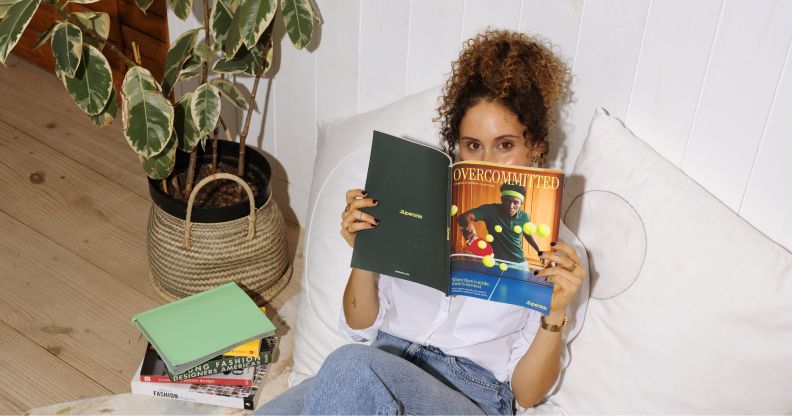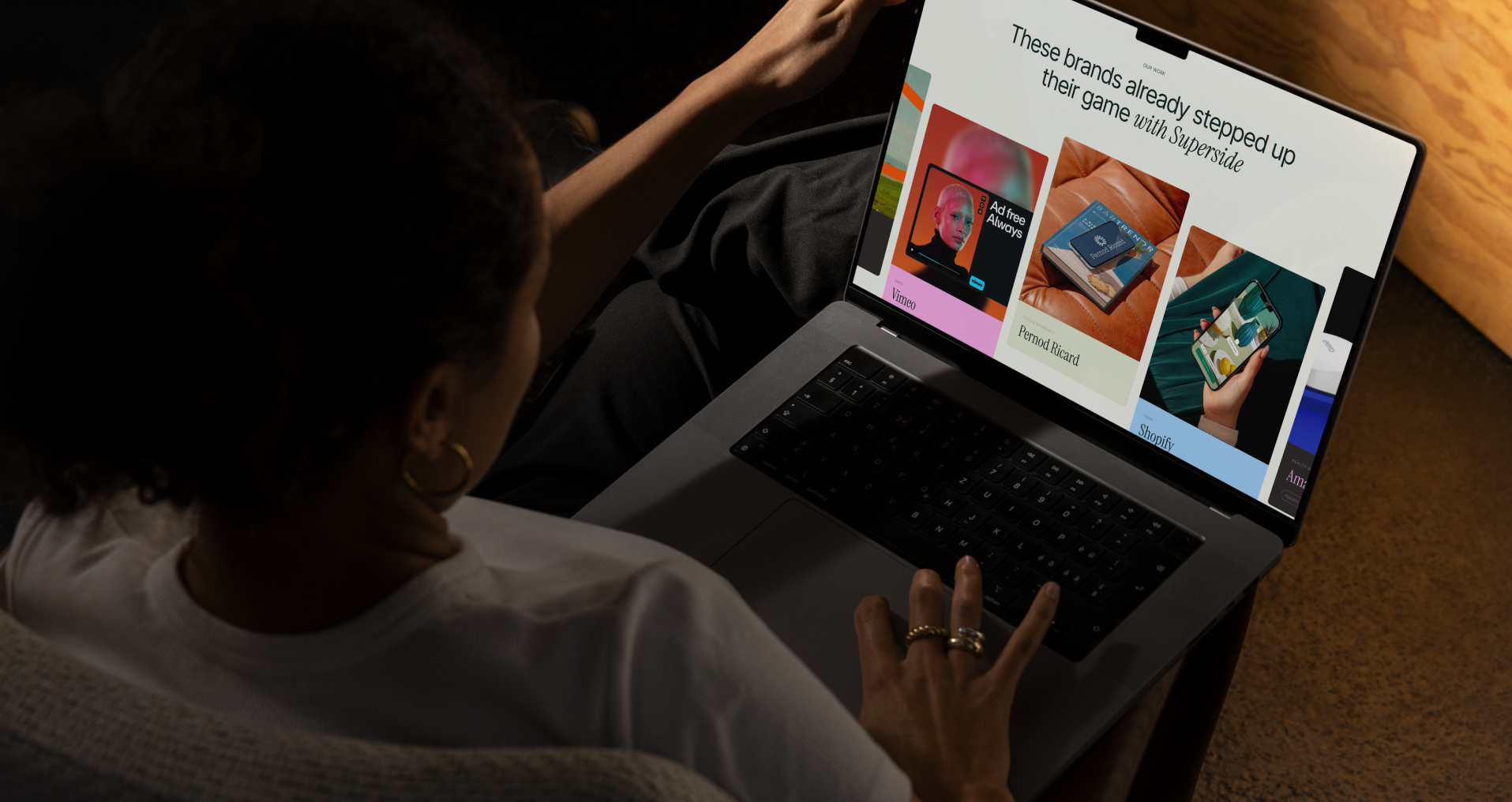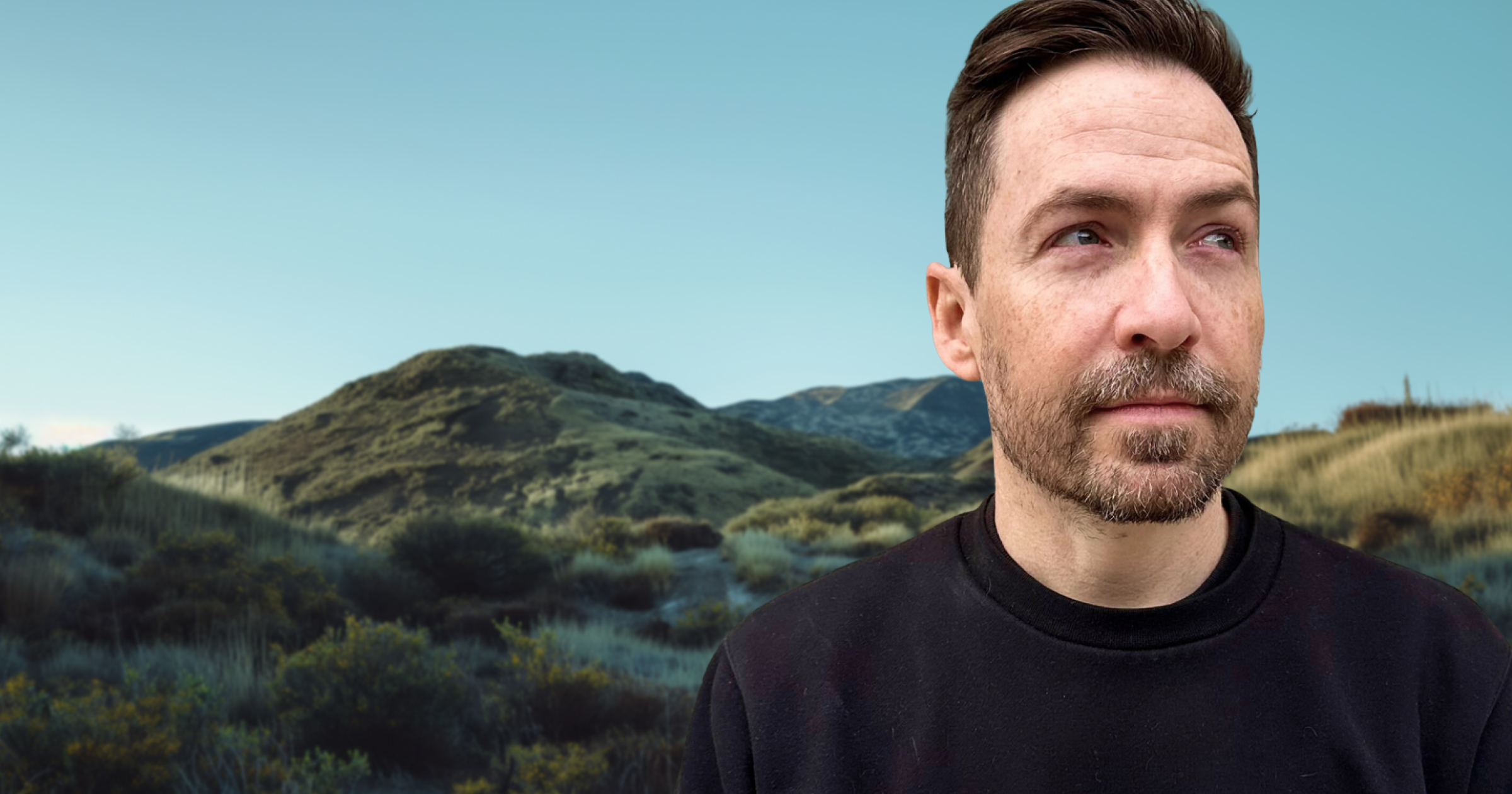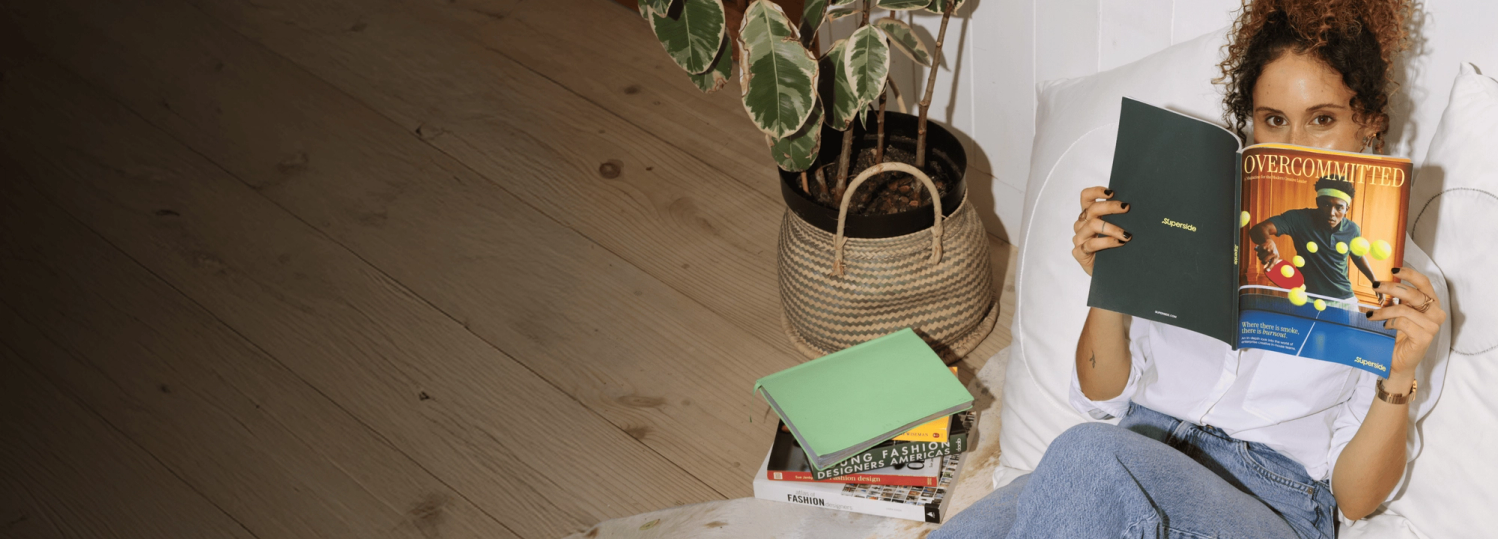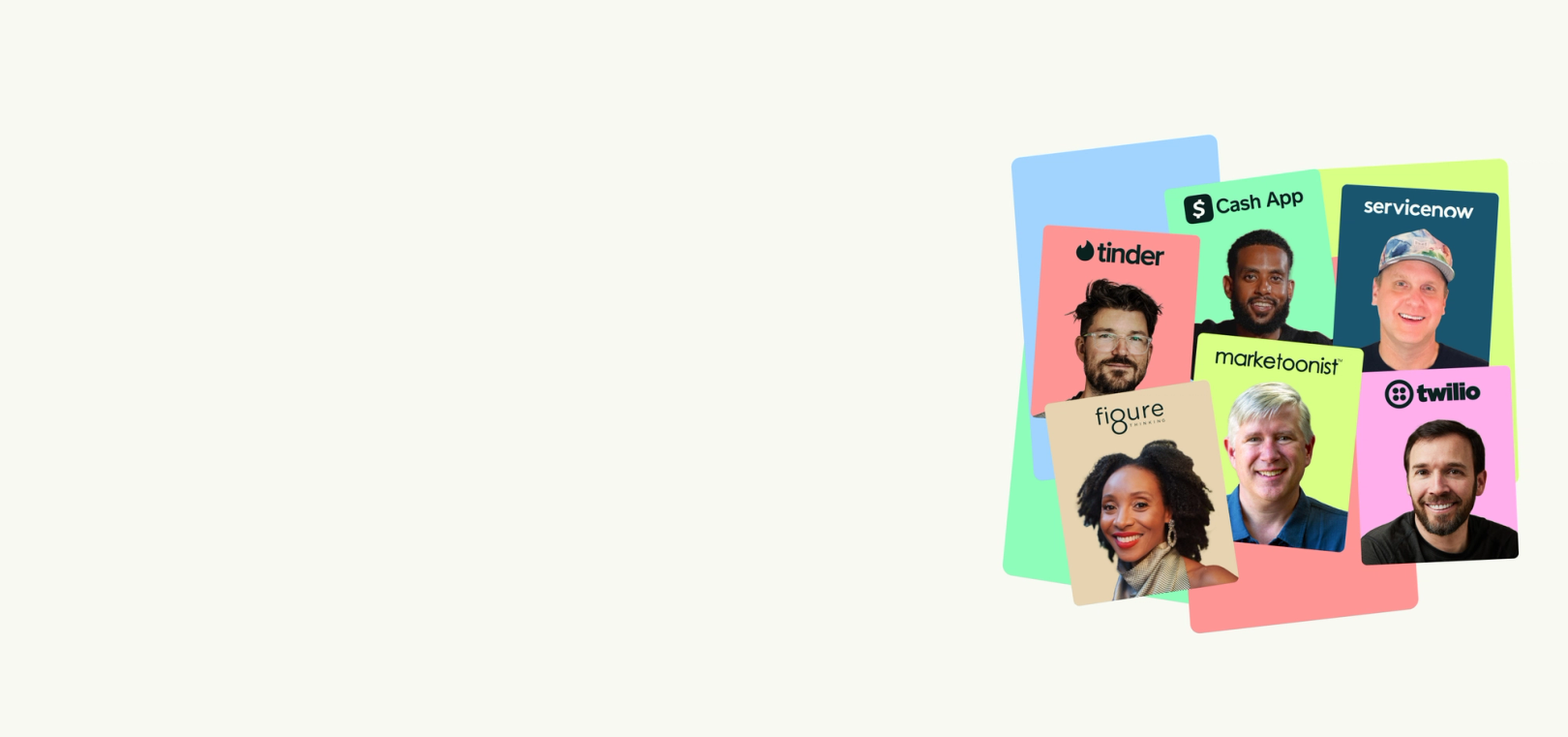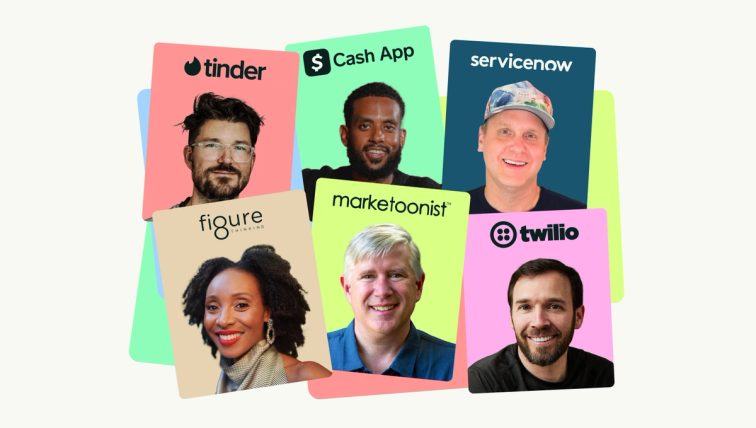Wonder & rigor: Creative frameworks for burnout


Feeling stuck in routine? Dr. Natalie Nixon’s WonderRigor™ framework helps teams balance creativity and execution, escape burnout and reignite inspiration at work.
We’ve all been there—staring at looming deadlines, feeling uninspired and wondering where the energy for big ideas went. Creativity isn’t just about generating fresh ideas—it’s about keeping the spark alive in a fast-moving world.
If you’re feeling stuck in the grind—caught in back-to-back meetings, swamped with admin work or just lacking time for meaningful creative thinking—you’re not alone.
What if we could work differently instead of just working harder?
At the Overcommitted Virtual Summit, Dr. Natalie Nixon introduced the WonderRigor™ Framework, a refreshing approach to balancing imagination and execution. It’s not about piling on more work—it’s about bringing back the energy, excitement and curiosity that make work fulfilling.
If you’re ready to shake up your routine, rediscover creative flow and bring more meaning to your work, this creative framework can help.
The creative status quo: Overcommitted
According to the Overcommitted Report, today’s workforce faces unprecedented levels of burnout. Some eye-opening statistics include:
- 79% of creative professionals say they don’t have enough time for bold, meaningful work.
- 76% report feeling burned out.
We’re so focused on getting things done—hitting deadlines, responding to Slack messages, attending meetings—that we rarely step back to ask: Are we working in the best way possible?
This is exactly what Dr. Nixon’s WonderRigor creative framework addresses.
What is the WonderRigor framework?
Dr. Nixon defines creativity as the ability to toggle between wonder and rigor to solve problems, produce novel value and generate meaning.
Let’s break it down:
Wonder:
Wonder is the fuel for creativity. It’s about curiosity, exploration and asking big questions. It’s that feeling of awe and creative inspiration when you see something new or unexpected.
Wonder is essential because it:
- Sparks new ideas
- Fosters motivation and excitement
- Helps us see problems differently
But here’s the catch—wonder alone isn’t enough. Without action, ideas remain just that: ideas.
Rigor:
Rigor is about execution. It’s discipline, focus and mastery. It’s about putting in the reps—the time and effort to develop skills and bring ideas to life.
Rigor is essential because it:
- Helps us execute efficiently
- Builds expertise and mastery
- Ensures follow-through
The key to sustainable creativity is balancing both.
Wonder is found in the midst of rigor, and rigor cannot be sustained without wonder.

How the WonderRigor framework can reduce burnout
One of the most compelling aspects of WonderRigor is its practicality. It’s not about working more—it’s about working differently.
Here’s how you can apply it to reduce burnout and regain control of your workload:
1. Shift from "more work" to "more meaning"
Most teams are overloaded with tasks that don’t actually contribute to meaningful progress. Instead of doing more, ask:
- What if we focused only on high-impact work?
- How might we eliminate unnecessary tasks and meetings?
According to the Overcommitted Report, one of the biggest frustrations among creatives is endless admin work and meetings that kill productivity. Using this creative framework, leaders can cut the noise and prioritize work that actually matters.
2. Reframe problems with "what if" and "how might we" questions
Creativity starts with asking better questions. Dr. Nixon suggests using "What if?" and "How might we?" statements to reframe challenges and unlock new solutions.
Instead of "How do we avoid burnout?" ask:
- What if work felt energizing instead of draining?
- How might we design a work culture that values deep, focused work?
It’s really hard to wonder when we’re going 80 miles an hour. We’ve got to be able to carve out that time and space to pause.

Tactics to balance Wonder and Rigor:
- Carve out time for creativity: Brainstorm sessions, creative inspiration breaks.
- Redesign meetings: Start with "what if" questions instead of status updates.
- Prioritize deep work: Block focused time, eliminate distractions.
This simple shift can help teams break free from a reactive mindset and design a better way of working.
3. Embrace different problem-solving tools
Dr. Nixon outlined three key lenses from her framework that creatives can use to shift their mindset and solve problems:
- Specialize: Go deep—master a skill, refine your process.
- Hack: Prototype, experiment, try scrappy solutions.
- Provoke: Challenge the status quo, think radically differently.
Specialize: Become your own expert
Specialization is about refining, mastering and optimizing a process or skill. It’s the rigor side of creativity—the disciplined, focused approach to making something exceptional.
Ask yourself:
- What’s one thing we can master that will make our work more effective?
- Are we trying to do too much instead of perfecting what matters?
- Can we bring in an expert to help streamline our process?
Hacking: Progress over perfection
Hacking is about prototyping and experimenting instead of overthinking. If your team is bogged down, find the fastest solution and test it.
Ask yourself:
- What’s the fastest way we can test this idea?
- What are we overcomplicating?
- Can we create a rough version today instead of waiting for perfection?
Provoking: Challenge the status quo
Provoking is about bold, radical thinking. It’s for teams who feel stuck in ineffective routines.
Ask yourself:
- What if we completely rethought how we do this?
- What’s the most unconventional way to solve this problem?
- What industry outside our own has a solution we could adapt to?
When facing an overwhelming workload, ask yourself:
- Are we overcomplicating things? Could we hack a simpler solution?
- Are we stuck in outdated ways of working? What assumptions should we challenge?
By toggling between these approaches, teams can innovate their way out of burnout.
Creativity is a productivity play
Many companies still see creativity as a "nice-to-have." But as Dr. Nixon emphasized, creativity drives productivity, innovation and team well-being.
According to Dr. Nixon:
- 90% of business leaders believe creativity is essential for market competitiveness.
- Yet, 75% of people feel they aren't reaching their creative potential.
This gap between expectation and reality is causing burnout, disengagement and inefficiency.
The solution? Applying the WonderRigor framework to:
- Reduce busywork
- Improve motivation
- Increase meaningful output
If your team is burned out and overcommitted, it’s time to rethink the way you work. Instead of pushing harder, get smarter about balancing wonder and rigor.
After all, creativity isn’t a luxury—it’s the key to thriving in today’s work environment.
Tess is a Senior Content Specialist at Superside, where she crafts compelling content for SMBs and enterprise businesses. With over 10 years of experience, Tess has honed her skills writing for both B2B and B2C audiences, working across agencies and in-house creative teams. Her expertise spans industries, including international relations, tech, hospitality, and the music industry, where she has a knack for blending storytelling with strategic insights. When she’s not busy writing, you’ll likely find her curled up with a good book, binge-watching the latest Netflix obsession or hiking.
You may also like these
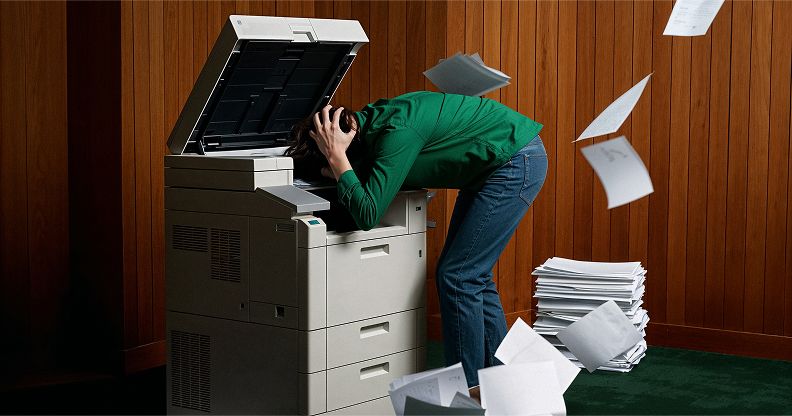
The funny side of creative marketing
Between endless revision cycles, AI panic and marketing trends changing faster than we can say “metaverse,” burnout is real. But here’s the good news: there’s one thing that can help teams push through the chaos and creative clutter—humor.At Superside’s recent Overcommitted Virtual Summit, cartoonist and marketing legend Tom Fishburne reminded us that laughter isn’t just a coping mechanism—it’s a creative superpower. In this recap, we’ll break down the biggest insights from the session. (Plus a few marketing mishaps you definitely don’t want to repeat).The case for creative comedyHumor is everywhere and it only takes opening our eyes to find it in our day-to-day lives. Fishburne kicked things off with a story about his dishwasher breaking down. The screen flashed “FU” over and over again—turns out, that stood for “failed unit.” While hilarious in hindsight, it was also a perfect metaphor for how brands often get in their own way.Marketing and creative teams work tirelessly on campaigns, yet somehow, the final product can feel like a robotic, soulless mess. Why? Teams are too busy and we take ourselves too seriously.
The new era of creative leadership
Sometimes, it can feel like burnout is the only constant for creatives. We’ve heard it from creative teams over and over again, from small brands to global powerhouses. There is a seemingly never-ending list of assets that need to be built and campaign deadline after campaign deadline.Not only that, but almost every project is critical. When we spoke to 200+ creative leaders about the issues affecting their teams for Overcommitted: The State of In-house Creative Teams in 2025 report, they shared that 55% of their projects were marked “high priority”.When everything is important, how do you manage business demands while helping your team maintain their creative integrity (and not burnout)?We went to one of the experts to find out. James Hurst, former creative director at Tinder, joined us for our Overcommitted Virtual Summit to share his experience in prioritizing what matters, culture-building, risk-taking and his thoughts on the role of artificial intelligence (AI) in creativity.1. Stop creative burnout
The art of doing less: 6 lessons from creative leaders
If your to-do list is longer than your patience levels and your Slack is a never-ending fire drill, welcome—you’re exactly who Overcommitted: The Art of Doing Less was for.This Superside virtual summit brought together top creative leaders to tackle a problem nearly every team faces: How do we break free from the chaos and focus on the work that actually moves the needle?Turns out, the answer is to do what matters. Here’s what we learned.1. Your boldest statement is saying noJames Hurst, Creative Director at Tinder, put it bluntly: Your ability to say no is what defines your ability to lead.